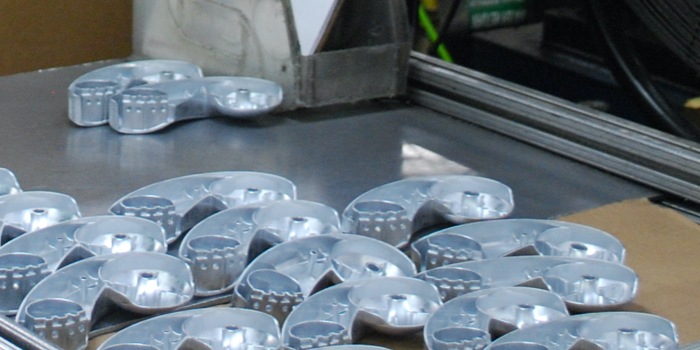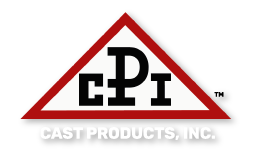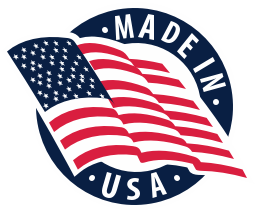Recent History of the US Zinc Die Casting Industry
Over the last 20 years, the U.S. has seen a structural supply chain shift in manufacturing, including the Zinc Die Casting industry. Huge amounts of products shifted from manufacturing on US shores to abroad; China being the main benefactor. Chinese manufacturers were able to offer lower prices for not only Zinc die castings, but also tooling, machining and assembly, resulting in lower purchasing costs for manufactured zinc products.
Today, as an industry, Cast Products have studied offshoring significantly to help determine how we can be competitive on this global stage. We have also recently seen how geopolitical risks are affecting this supply chain, from the onset of the Covid-19 pandemic to the war between Ukraine and Russia. Due to these factors, there is an ongoing movement to reshore manufacturing domestically, like the Zinc Die Casting industry.
The Real Cost of Offshoring Zinc Die Casting – Calculating TCO (Total Cost of Ownership):
A key factor in offshoring manufacturing is considering the true cost of purchasing from non-US sources. Total Cost of Ownership (TCO) is a financial term used to help buyers and owners determine all the costs of a product, not just the purchase price. These additional costs may include:
• Goods damaged during transport
• Defects
• Travel costs
• Emergency Air Freight Costs
• Currency fluctuations
• Inventory carrying costs
• In addition, there are less quantifiable issues such as no credit terms, communication issues, inflation, etc.
Efforts have been made to show the difference in these costs, with the purchasing costs on average being only 77% of the true cost of offshoring products (Source: Reshoring Initiative).
Research has also been done on this subject specifically for Die Casting. Two reports entitled “China Has Lost Its Cost Advantage in Die Casting” parts 1 and 2 (Bill Downey), show summaries of surveys to Original Equipment Manufacturers (OEMs) which give insight as:
• Why the die casting industry left our shores
• Savings that were realized by going offshore
• The premium OEMs were willing to pay for US parts.
Using data trends and calculations (including rising inflation, transportation costs, etc), the report pointed out approximately when parts made in the U.S. would be competitive with Chinese parts. According to the report, that parity date occurred in 2012. When calculating the TCO, offshoring your Zinc die casting and tooling, isn’t a smart business move.
It’s Time to Choose a US Partner for Zinc Die Casting
The improvements made in our Zinc die cast manufacturing facilities over the last 20 years, and our current capabilities and services can match or exceed the level received from off-shore sources. View our new technology in alloys, automation, and engineering to learn the advantages of Zinc Die Casting from US manufacturers like Cast Products.
Cast Products is your partner, and we look forward to the opportunities to provide you with superior Zinc Die Casting and Tooling services.



 Proudly Made in the U.S.A.
Proudly Made in the U.S.A.